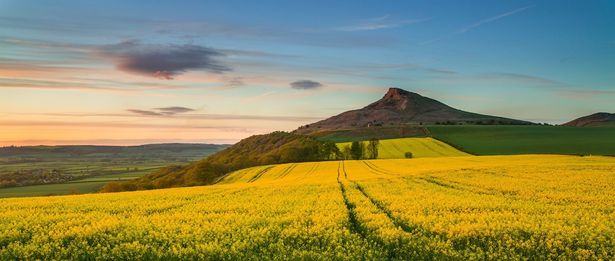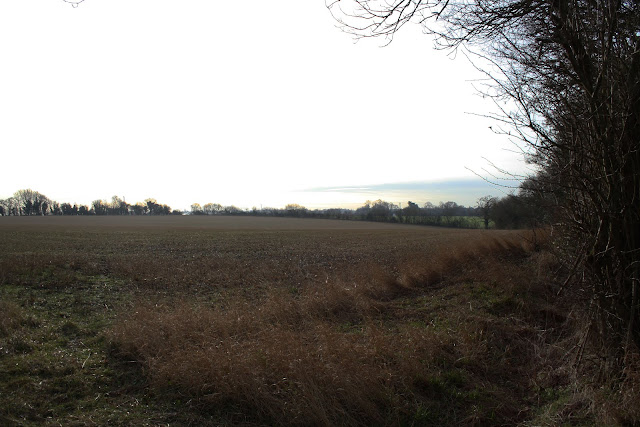Final Evaluation
Here you will need to summarise how your work has developed as a result of the shoots and research that you have undertaken.
· How has your research influenced the images that you have created (name some influential artist that inspired you and explain their impact on your work).
· What new technical skills have you developed and how has this impacted on your work
o technical (learning new techniques in camera operation, shooting, studio lighting, compositional techniques, etc.)
· Has the way you take photographs changed/improved.
· In what way have you demonstrated your ability to experiment (computer experiments, physical experiments, etc.)
· Is your work is developing in a particular direction e.g. abstract, compositional, etc.)
· In what areas of your work were you most successful in what areas were you the least successful.
Through component 1 I have had a lot of inspiration using the Formal Elements and Photo Genres. The ones that have helped me the most are Lines, Colour, Tone, Form, and Landscape.
Using my research of Lines, this helped me to understand the importance of composition in a photo and how to manipulate the lines to create an interesting final image. I also learnt about how the different directions of the lines can influence the overall mood of the image, for example, horizontal lines can imply tranquility, peace and harmony, whilst vertical lines imply power and strength. The artist that helped me during my study of Lines was Peter Keetman. Whilst studying Lines, I came to the conclusion that I prefer the natural and organic style of photography instead of the hard, urban settings. I feel that this had an impact on my work as I preferred my nature photos much more than my urban ones. I think that this is because I took time to thing about the composition when out shooting, unlike my urban photos which I feel are rushed and aren't any good.
Using my research of Lines, this helped me to understand the importance of composition in a photo and how to manipulate the lines to create an interesting final image. I also learnt about how the different directions of the lines can influence the overall mood of the image, for example, horizontal lines can imply tranquility, peace and harmony, whilst vertical lines imply power and strength. The artist that helped me during my study of Lines was Peter Keetman. Whilst studying Lines, I came to the conclusion that I prefer the natural and organic style of photography instead of the hard, urban settings. I feel that this had an impact on my work as I preferred my nature photos much more than my urban ones. I think that this is because I took time to thing about the composition when out shooting, unlike my urban photos which I feel are rushed and aren't any good.
Whilst studying Tone, I researched Ansel Adams. Adams' work helped me to realise how important it is to have as many different tones in a single photograph in order to create a good and interesting image. This researched influenced me to take a bigger look at what I was photographing and look at how I could exploit the object to its max.
During the Photo Genres, I looked at portraiture, and although this wasn't my favourite it did give me a lot of insight to the equipment needed in the studio, and how to create mood and emotion in a still image. It also helped me to understand what effect different camera settings can have on an image. For the Low key shots a soft box was used to soften the light, filling the light in shadow areas. we also used a Snoot, which created a rim light effect. This was placed in front of the subject, opposite the Soft box. This controlled the light spill and keeps the light flowing in one direction. This gives off an emotional image
I feel that since I started Component 1 there is the odd shoot that didn't turn out how I wanted, however, I do feel like my photographs have improved in general. I think this is due to the fact that I understand my camera more and am familiar with how changing the camera settings can influence the final out come of the image.
I also feel that my images are made better by my ability to edit them using photoshop. Since starting Component 1 I have learnt how to use the 'quick selection tool', 'crop tool', 'the spot healing brush tool', 'the brush tool' and 'the clone stamp'. As well as adjusting the curves, levels and hues. I feel that I have got better at seeing what a photo needs to make it better and making the adjustments look as natural as possible.



























































